Choosing the right firearm for your training needs
Choosing the right firearm for your training needs is a critical decision that can impact not only your performance but also your safety. Whether you're a beginner or an advanced marksman, understanding the nuances of different firearms and how they align with your training goals is essential.
Understanding Your Training Objectives
For those focused on self-defense, selecting a firearm that is reliable, easy to handle, and quick to deploy is paramount. Compact handguns are often preferred for their concealability and ease of use in close quarters.
Competitive shooters require firearms that offer precision, consistency, and the ability to customize. Precision rifles and specialized handguns are common choices for various shooting disciplines.
Law enforcement personnel need firearms that are versatile, durable, and suitable for a range of scenarios. Duty pistols and patrol rifles are designed to meet these rigorous demands.
Recreational shooters might prioritize comfort, ease of maintenance, and the fun factor. A variety of firearms can fit this bill, from .22 caliber rifles to classic shotguns.
Firearm Types and Their Uses
Handguns are a popular choice for self-defense and concealed carry. They range from small pocket pistols to full-sized service handguns.
Rifles offer greater accuracy and range, making them ideal for competitive shooting and hunting. They come in various action types, including bolt-action, semi-automatic, and lever-action.
Shotguns are versatile firearms suitable for a range of activities, from home defense to sporting clays. Their ammunition choices allow for customization of shot patterns and power.
Factors to Consider When Choosing a Firearm
The caliber of a firearm affects its stopping power and recoil. Training with a caliber you can comfortably handle ensures better accuracy and confidence.
A firearm's size and weight influence its portability and ease of use. A well-balanced firearm can improve handling and reduce shooter fatigue.
Ergonomics play a crucial role in shooting comfort and control. A firearm that fits your hand and body will help in achieving better shooting mechanics.
The action type of a firearm, whether semi-automatic, revolver, or bolt-action, affects its rate of fire, reliability, and maintenance requirements.
Magazine capacity and ease of reloading are important for both self-defense and competitive shooting. Consider how these factors will affect your training and response times.
Customization can enhance a firearm's performance. Accessories like sights, grips, and triggers can be tailored to your needs and preferences.
Legal Considerations and Compliance
It's essential to be aware of the legal requirements and restrictions in your region when selecting a firearm. Ensure compliance with local laws and regulations to avoid legal complications.
Training and Practice: The Path to Proficiency
Choosing the right firearm is just the beginning. Regular training and practice are necessary to develop and maintain proficiency with your chosen firearm.
Expert Guidance and Making an Informed Decision
Seeking expert advice from seasoned professionals can greatly assist in making an informed firearm choice. Their insights can help match a firearm to your specific training needs and goals.

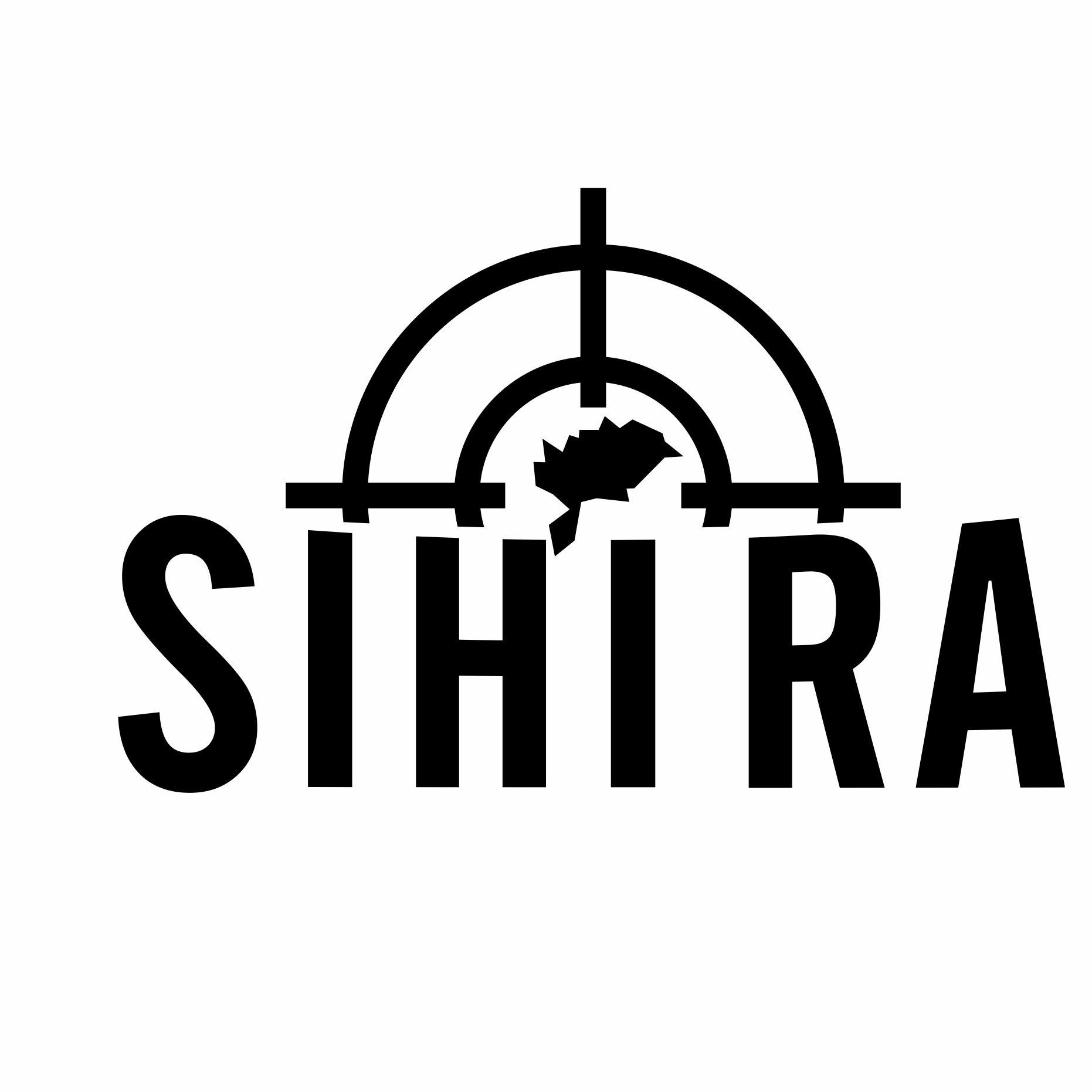
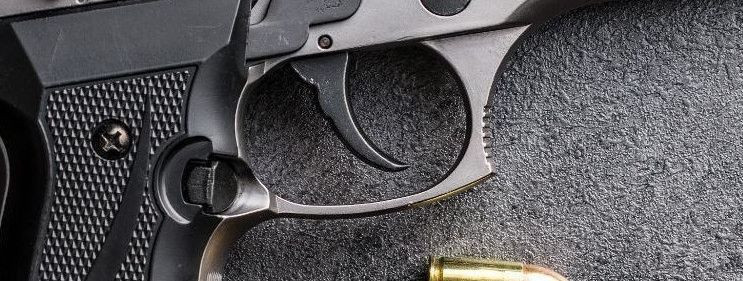

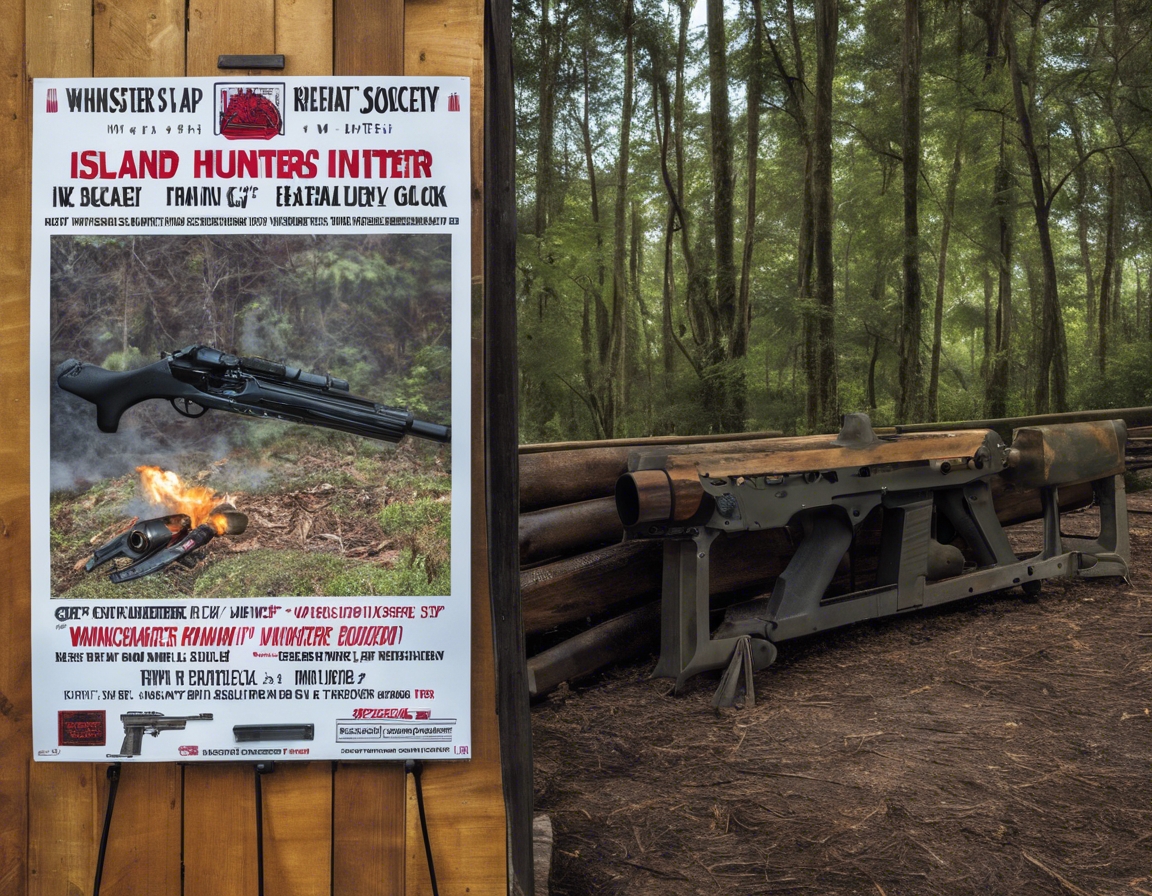
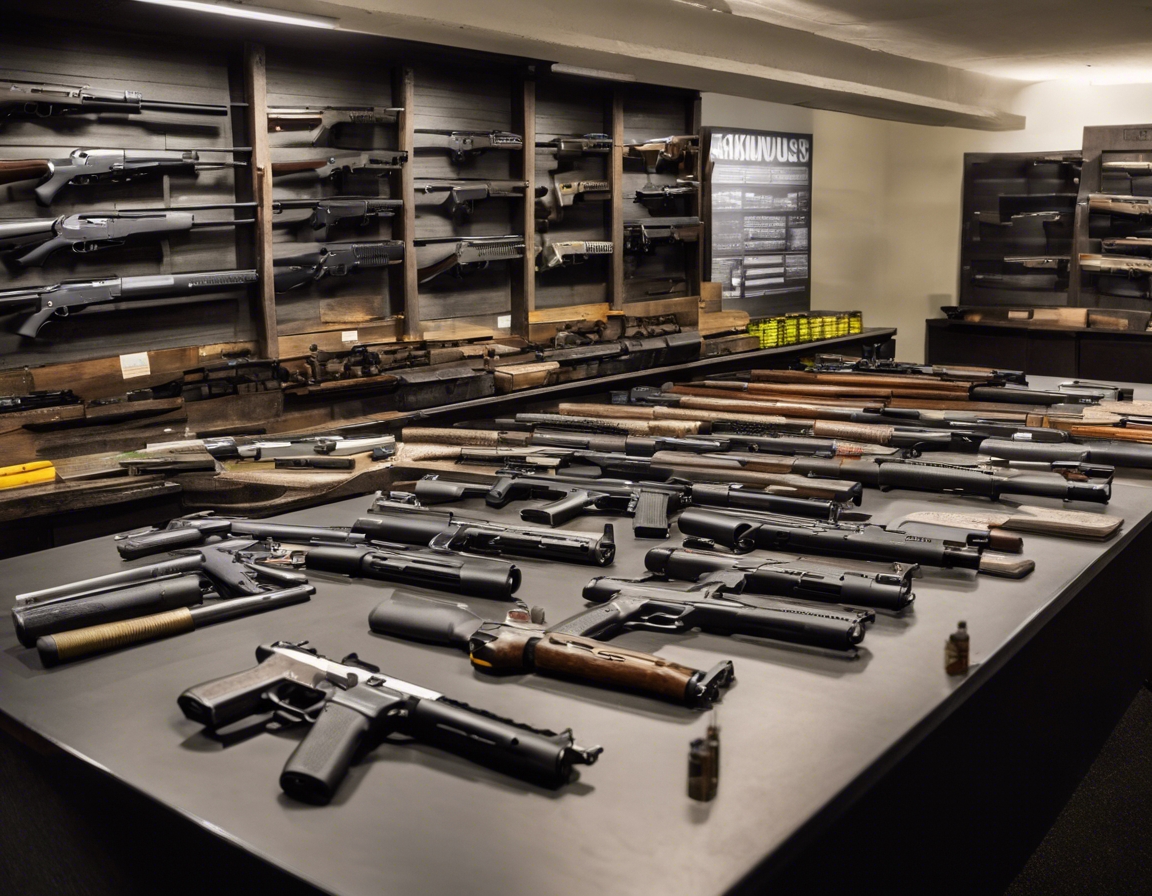
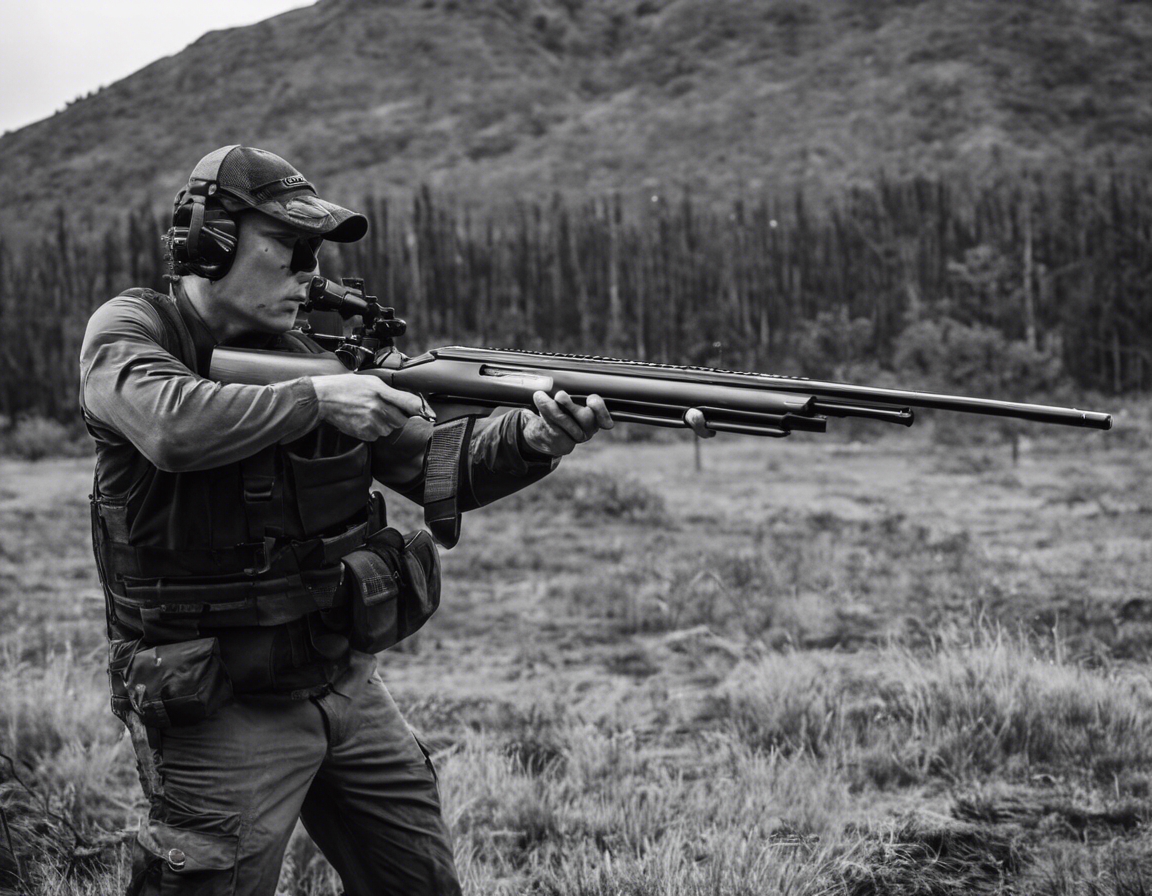
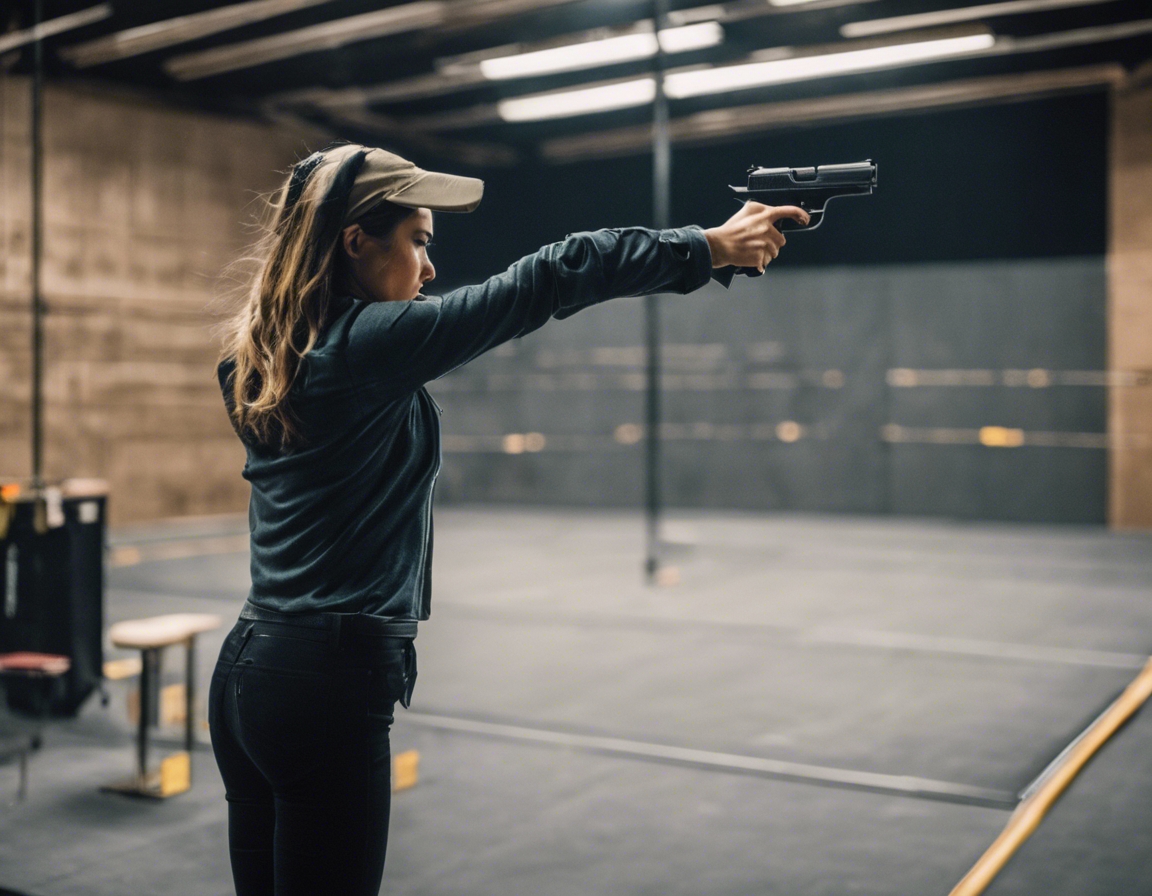
Comments (0)